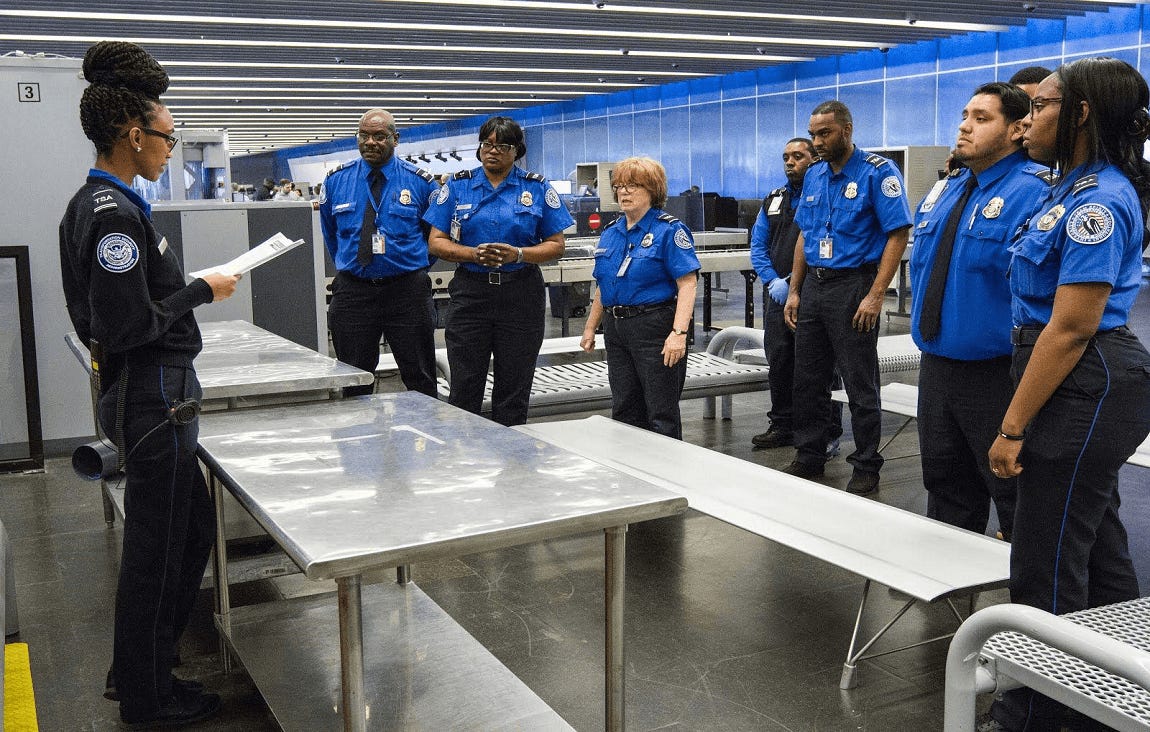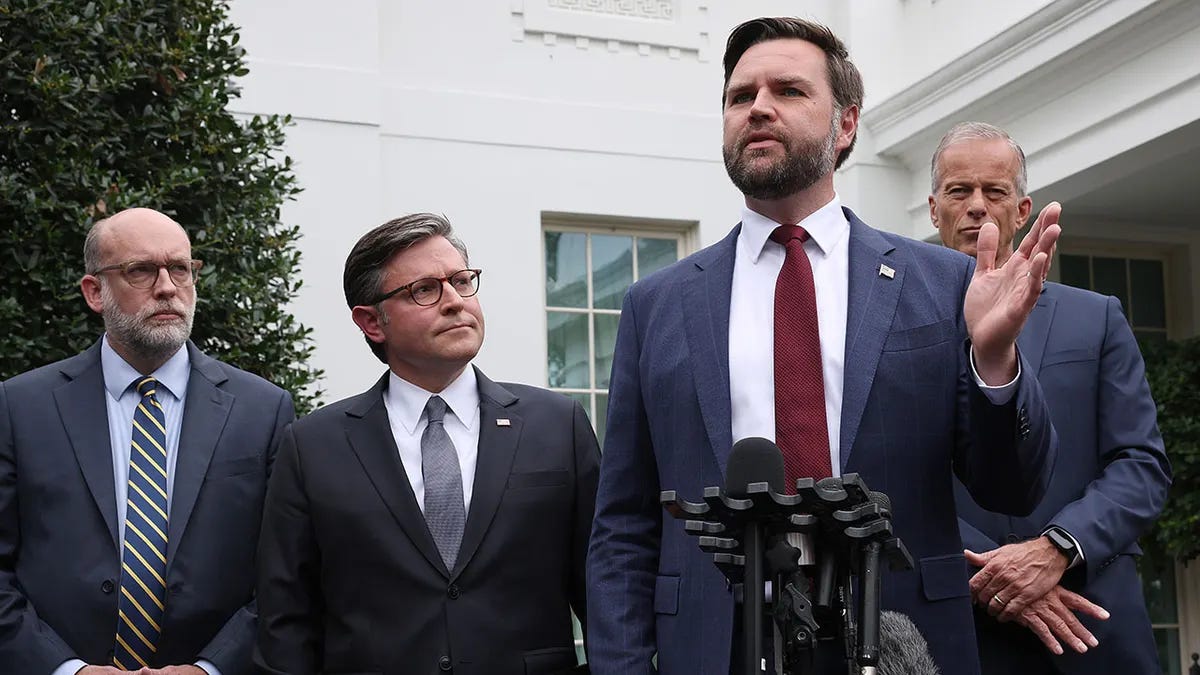Every Government Shutdown is a Trap
Cheering for a shutdown often ends in a loss
Here’s what I remember most about the government shutdown of October 2013.
The eerie silence in the West Wing hallways. My colleagues’ BlackBerries sitting on their desks, batteries removed. The feeling that all of it was pretty superficial, political, and that the only people who were going to feel the effects weren’t the ones playing political games.
I was one of a handful of “essential” staff because I was planning President Obama’s trip to the APEC Summit in Indonesia, as well as a larger trip to the region. Ultimately, that trip never happened (and eventually I was unessential for a while, too).
That government shutdown, like the one we’re speeding toward this week, was also about healthcare and politics. In 2013, Republicans picked a hill to die on. They wanted to roll back Obamacare, which was still brand new and not polling well. Texas Sen. Ted Cruz famously spoke for almost a day about how Obamacare had already failed (as many Americans were just starting to appreciate new protections).
Republicans held the government hostage for 16 days to prove their point, and completely failed in their goals. They didn’t kill the Affordable Care Act, but they did cost the economy $24 billion and inflicted significant pain on American families. The President had to cancel his trip to the APEC summit and to meet with regional partners, part of a strategic effort to counter China’s influence and build support for a partially Republican-backed Trans-Pacific Partnership. That gave China an upper hand.
The brink of a shutdown
Now we’re back at the brink, and the playbook looks familiar, even if the roles are reversed.
Congressional leaders met with President Trump recently for the first conversation about keeping the government funded. Republicans want a continuing resolution, punting the fight to November, while adding money for their own security.
Democrats weren’t welcome at the table until yesterday, and hence seem to see no reason to help the Republicans get to the Senate’s 60-vote threshold to punt this fight to November. Instead Democrats have expressed their legitimate concerns about healthcare funding — specifically they want to extend the expiring Affordable Care Act subsidies and reverse Medicaid cuts from the massive spending bill Republicans passed in July. Without those tax credits, health insurance premiums could soar by 75 percent for millions of Americans.
The polls are on the Democrats’ side. Healthcare remains a significant pain point for too many American families. The “concepts of a plan” that President Trump talked about during the 2024 Presidential Debate have failed to materialize into an actual plan. Since taking office, he’s done nothing but cut healthcare protections. Republicans facing voters in 2026 know these cuts are unpopular.
So there’s a temptation — I hear it in progressive circles — to let the government shutdown happen. Make Republicans own the pain. Force them to blink first.
I’m here to tell you: that’s a trap.
When you’re deemed “essential” during a shutdown, you work without pay.
The government has no money, remember? But you quickly discover what “essential” really means: The administration decides. They choose who works and who doesn’t. They choose what functions and what sits idle. They choose which services to protect and which to quietly smother. For an administration that’s already shown an incredibly broad interpretation of executive power, shutting down whole departments and firing government workers using debated legal practices, this is actually the opposite of a shutdown. It’s empowerment.

Traditionally in a shutdown, Social Security checks still go out. TSA agents show up to work, unpaid, wondering how they’ll make rent. The National Weather Service team keeps forecasting (without pay), because hurricanes don’t care about Congressional dysfunction. But new filings get delayed. Services slow to a crawl. And the executive branch gains enormous discretion over what it constitutes “essential.”
Here’s what’s different this time: this administration has already telegraphed they see a shutdown as an opportunity.
The Office of Management and Budget has warned federal agencies to prepare for mass firings if a funding agreement isn’t reached. They’ve already telegraphed with DOGE that they want to gut departments. They’re looking for excuses to cut. There’s a real chance that they don’t minimize disruption, but rather maximize it, to prove the government doesn’t work by making sure it doesn’t.
The President won 77 million votes in a country of more than 340 million people, yet believes he has a mandate to take a wrecking ball to federal agencies that serve all Americans. He and his team have already been doing that. And Democrats find themselves in the maddening position of defending institutions that, it turns out, desperately need defending, even as they need reform.
The 2013 shutdown wasn’t theater – it had real consequences.
In 2013, the economy took a $24 billion hit.
GDP growth dropped. Small businesses suffered. Federal contractors lost income they’d never recover. Eight million visitors were turned away from national parks, costing local communities millions in lost tourism revenue.
I understand the frustration of those who think that shutting down the government is the only way to get concessions. I’ve seen it happen before. And Republicans have backed Democrats into a corner on healthcare now, letting subsidies expire and gambling that Americans won’t punish them at the polls. The temptation to make them pay with a shutdown is enormous.
I’ve also lived through a shutdown with a president who actually cared about governing. Even in that environment, Republicans (the out party) didn’t get many concessions. I’m not eager to see what President Trump does with more unchecked power. In a standoff, the executive branch doesn’t just hold cards – it holds all the trump cards, no pun intended.
So yes, Democrats, let’s talk about healthcare every single day. Explain what these cuts mean for working families. Have a real plan to expand real healthcare to every American, instead of concepts of a plan. Make Republicans defend the indefensible. Build the case for 2026.
But be very careful about cheering for a shutdown. The pain you inflict might be brief. The precedents you set could be permanent. And the power you hand this president might be exactly what he’s been waiting for all along.
Cheers for a government shutdown might be short-lived.



